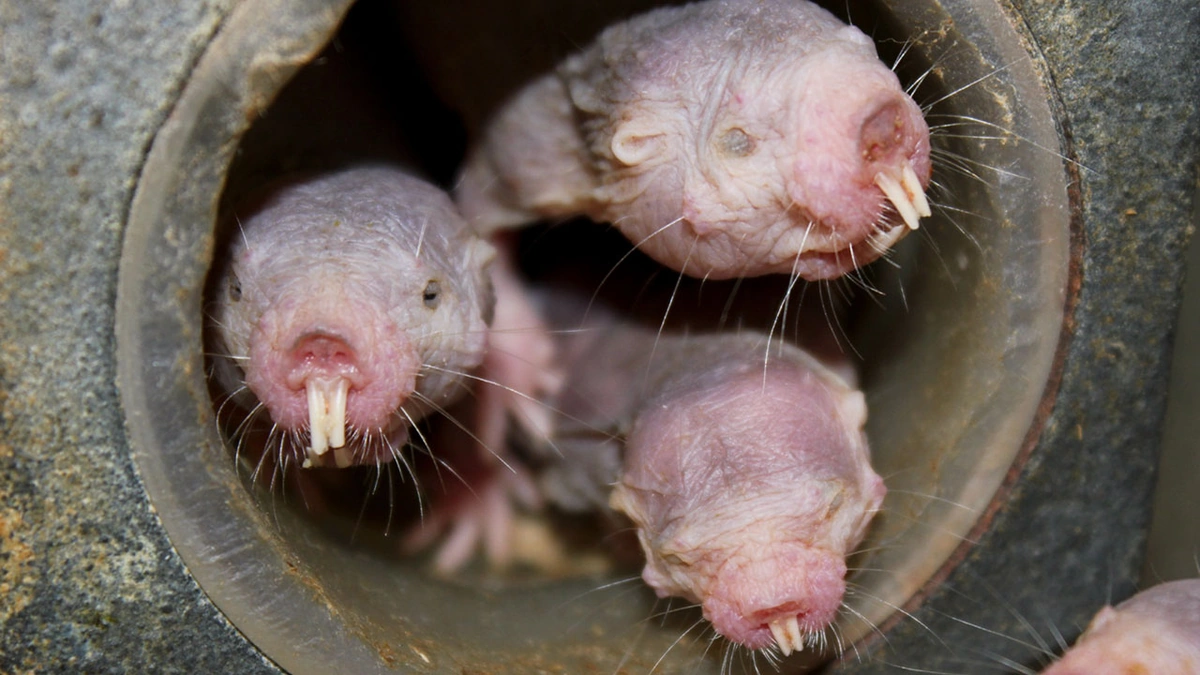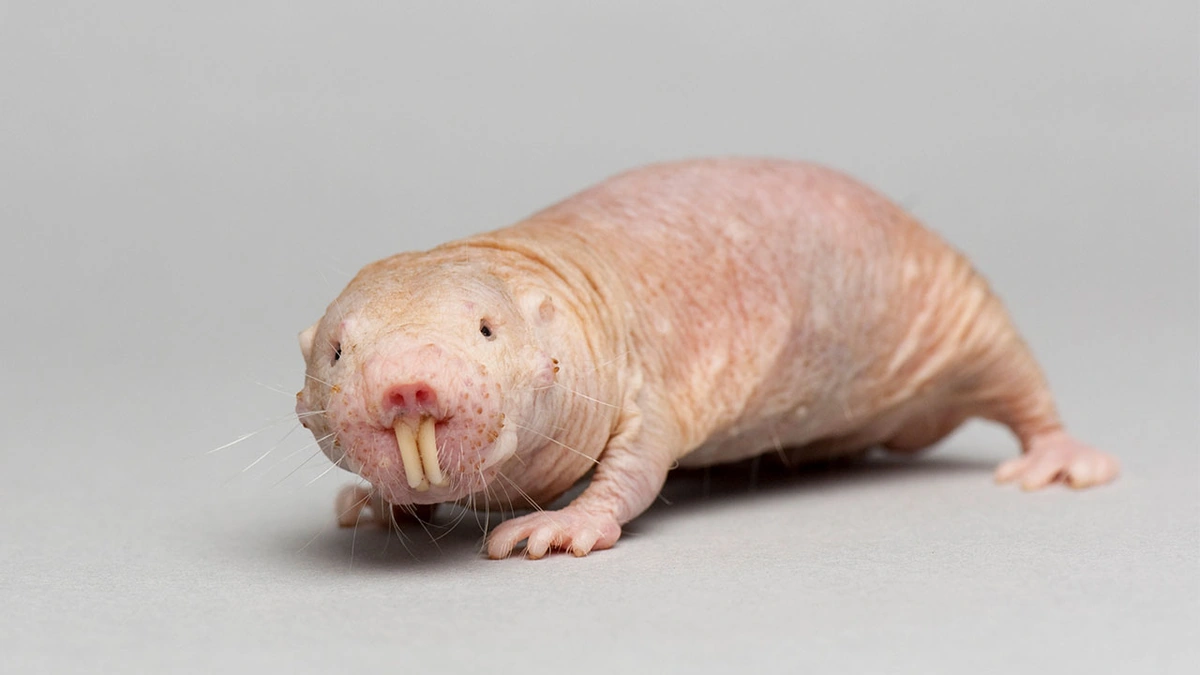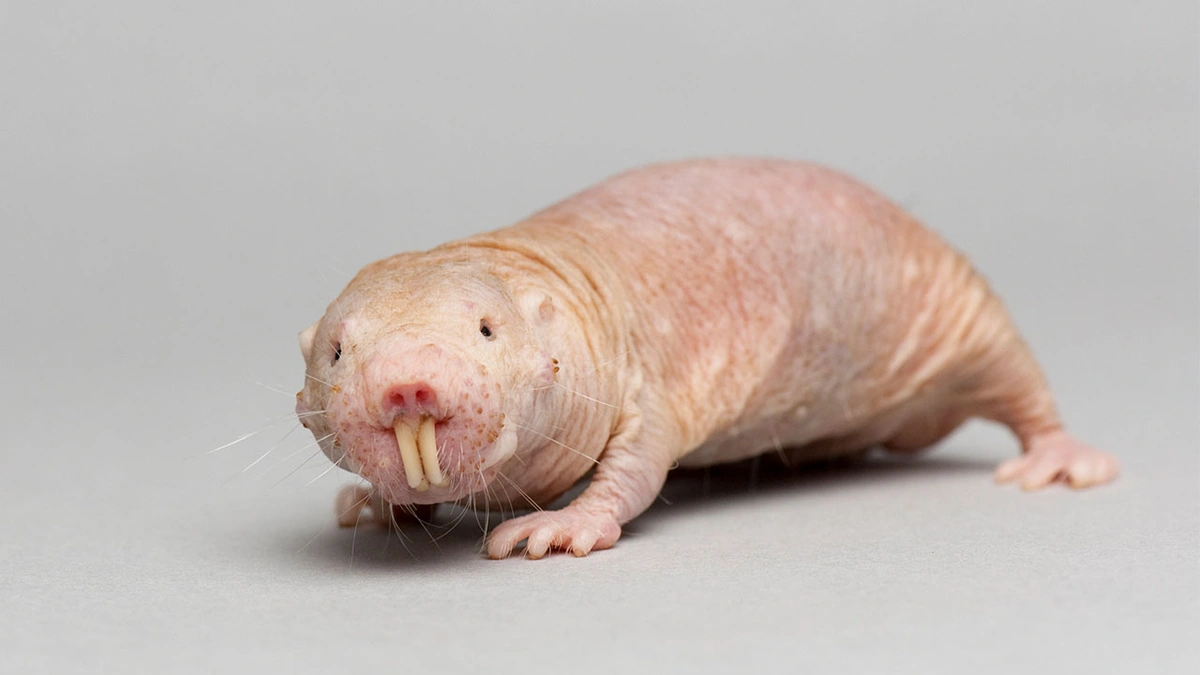Naked Mole Rats’ DNA Repair | Four Mutations Unlock Longevity
Okay, let’s be honest. When you first hear “naked mole rat,” you probably don’t think “fountain of youth.” More like… hairless, wrinkly potatoes with teeth, right? But hold on, because these little guys are hiding some seriously mind-blowing secrets in their DNA. We’re talking about keys to longevity that could one day rewrite how we understand aging, and that’s why they are the subject of intensive scientific investigation. The latest buzz is all about four specific mutations that seem to be the masterminds behind their remarkable resistance to age-related diseases, especially cancer. This isn’t just some quirky animal fact; it’s potentially a game-changer for human health. So, let’s dig in.
The Naked Truth | Why Study a Wrinkled Rodent?

What fascinates me about the whole naked mole rat story is why scientists are so obsessed with them. I mean, there are cuter animals, that’s for sure. But here’s the thing: these creatures are practically immune to cancer. And they live for an incredibly long time – up to 30 years! Think about that – a rodent that lives almost as long as some dogs. That’s like a human living to be 200. The ‘why’ here is simple: If we can figure out how they do it, we might be able to translate those mechanisms to humans. It’s not about turning us into hairless creatures (thank goodness!), but about identifying and leveraging their natural defenses against diseases that plague us all.
Cancer resistance is one key factor here. Normal animals accumulate damaged cells as they age which leads to tumors and other age-related diseases. However, naked mole rats seem to have mechanisms to repair such damages and avoid such conditions. These mechanisms are related to unique genetic mutations.
And, there’s another, less discussed reason: Naked mole rats live in highly unusual social structures, similar to ants or bees, where only one female (the queen) and a few males reproduce. This eusociality might also play a role in their longevity and disease resistance, offering another angle for researchers to explore. Understanding the interplay between their unique genetics and social structure is crucial to unlocking their secrets. You can read more about other unique animals at Wikipedia .
Decoding the DNA | The Four Key Mutations
So, what are these magical mutations? Scientists have been meticulously analyzing the naked mole rats’ genome , comparing it to other rodents like mice (which, let’s face it, aren’t winning any longevity awards). Four specific gene mutations keep popping up as major players. While the exact function of each is still under investigation, early research suggests they are involved in:
- Enhanced DNA Repair: This is a big one. Naked mole rats seem to have super-charged DNA repair mechanisms that quickly fix damage that could lead to cancer or other age-related problems.
- Ribosome production: Ribosomes are the machinery inside cells that build proteins, and alterations in ribosome production may cause increased longevity.
- Telomere maintenance: Telomeres are protective caps on the ends of our chromosomes that shorten with age. Naked mole rats maintain the length of their telomeres for longer.
- Proteostasis Regulation: This refers to the cell’s ability to maintain the integrity of its proteins. Mis-folded or damaged proteins can cause all sorts of problems, and naked mole rats seem to be exceptionally good at keeping their proteins in tip-top shape.
Now, here’s the thing – these mutations aren’t working in isolation. It’s likely a synergistic effect, where these four changes work together to create a powerful anti-aging defense system. The combination of these mutations is what makes the naked mole rat exceptional in resisting cancer and other aging-related diseases.
From Rodent to Reality | How This Affects Us
Alright, I know what you’re thinking: “That’s great for naked mole rats, but what does this have to do with me?” That’s a fair question. The hope is that by understanding these mechanisms, we can develop new therapies to combat age-related diseases in humans. Imagine drugs that could boost our own DNA repair capabilities, enhance proteostasis, or maintain telomere length. We’re not talking about immortality (sorry to disappoint), but about living healthier, longer lives, free from the burden of diseases like cancer, Alzheimer’s, and heart disease. It is one of the key targets of the aging research .
A common mistake I see people make is dismissing this kind of research as too “out there.” But remember, many of the medical breakthroughs we take for granted today – from antibiotics to vaccines – started with seemingly bizarre experiments on obscure organisms. The naked mole rat could be the key to our next big leap in healthcare, and it all starts with understanding their unique biology.
Consider for instance, the way we study and treat certain cancers. Much of that knowledge comes from studying other animals and extrapolating that data to human studies. So, why would studies of the naked mole rat genome be any different?
Speaking of research and mole rats, a recent discovery of comets may be of interest. Check out this article about two comets flying past earth .
The Road Ahead | Challenges and Opportunities
Of course, translating these findings from naked mole rats to humans is a complex challenge. We can’t just “copy and paste” their DNA. Human physiology is different, and what works for a rodent might not work for us. But here’s where the real opportunity lies: identifying the specific genes and proteins involved in these processes and developing targeted therapies that can mimic their effects in human cells. This might involve gene editing, drug development, or even lifestyle interventions that promote similar pathways. It is the ultimate quest of many molecular biologists .
Let me rephrase that for clarity: The goal isn’t to become a naked mole rat. The goal is to learn from them and use that knowledge to improve human health. It’s about leveraging the power of evolution to solve some of our biggest medical challenges. While this is a major target of current scientific research, we also must ensure adequate funding and ethics in the process.
Another article related to research and study of animals can be found at Raipur .
FAQ About Naked Mole Rats and Longevity
Frequently Asked Questions
What makes naked mole rats so special?
Their exceptional resistance to cancer and remarkable longevity, living up to 30 years.
How do they resist cancer?
They possess enhanced DNA repair mechanisms and unique molecules in their tissues that prevents cancer cells from growing.
Can we become like naked mole rats?
Not literally, but understanding their mechanisms can lead to therapies for age-related diseases.
Are naked mole rats really naked?
They have sparse hairs, but they appear naked because they are hairless and have wrinkled skin.
So, the next time you see a picture of a naked mole rat (and I know you will, now that you’re fascinated), remember that you’re looking at a living treasure trove of biological secrets. These little creatures might just hold the key to a longer, healthier future for us all. And that’s something worth getting excited about.













